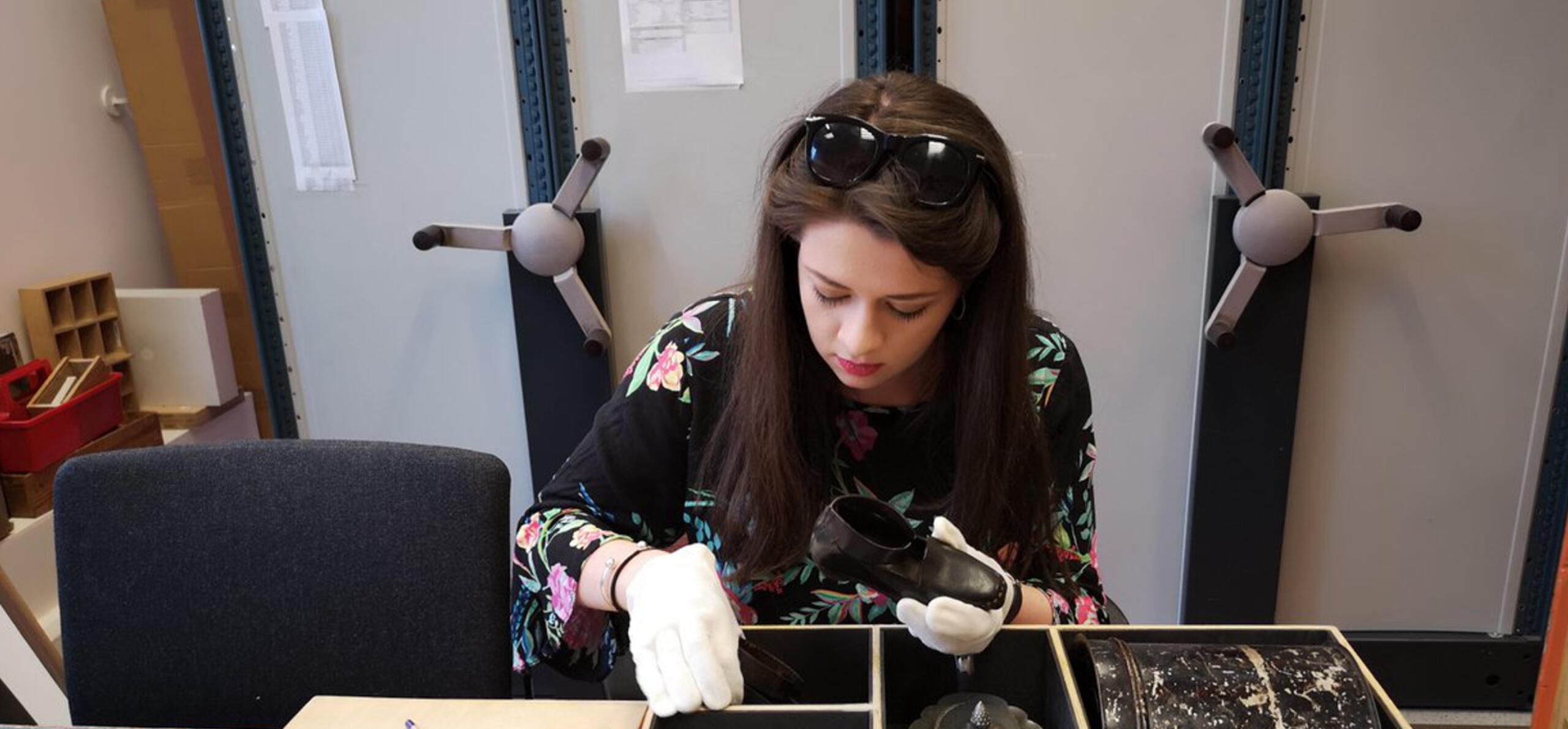Hello everyone!
Reading Museum welcomes interns and volunteers to the team throughout the year, so let me introduce myself to you.
I’m Charlotte, a soon-to-be third year BA Education Studies undergraduate from the University of Reading. A feature of my course is to go on a placement for 4 weeks in second year, as part of my Professional Development module. I got to choose my placement myself, as the aim is to go on a placement which will give you an insight into possible career opportunities.
You might be wondering why I chose a museum rather than a school for my placement. Even though I am studying Education, I’m looking for a non-classroom based career. I had this in mind when I chose my degree as it’s known as a facilitating subject, meaning that once I graduate I will have lots of options in terms of jobs. One of the career options mentioned to me was working in a museum; I’d never thought of working in a museum, despite being taken to see exhibits regularly by my parents when I was a child.
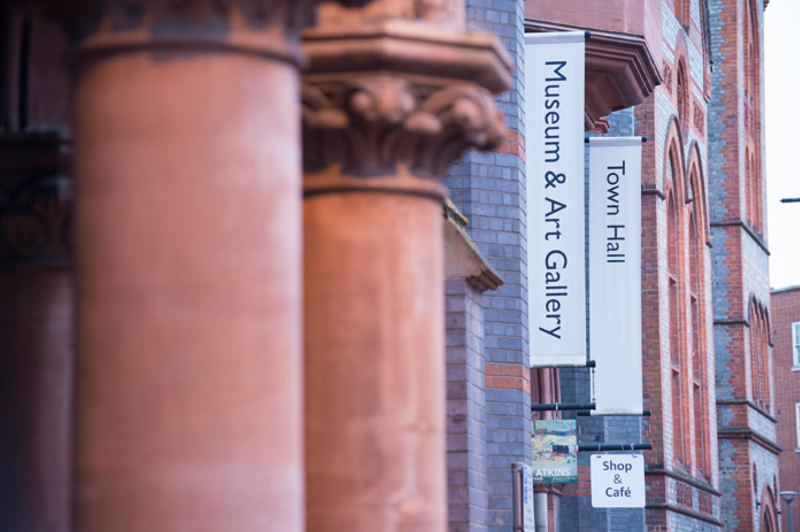
Reading Museum
My first day at the Museum consisted of a tour of the building and meeting everyone in the office (I’m still trying to remember everyone’s names!) and sitting in on a meeting.
My second day included being much more hands-on, including observing group sessions for a school visit: the Victorian schoolroom and Victorian toys. I got to visit the Abbey Gateway prior to the group arriving to have a quick tour and to see the Victorian schoolroom for myself. Then we met the school group and walked them over to the Gateway; seeing their little faces when they saw the group session leader dressed as a Victorian teacher was so sweet (and yes, there were audible gasps when they saw her!). The fantastic thing about the Victorian schoolroom experience is that it’s immersive; the children get to choose their own Victorian names which are used during the session. They also dress up in costumes, use slates, and learn all about what life was like at that moment in history. One of the loveliest things was seeing the children sat at their desks, completely engrossed in practicing their writing using copying books, and their enthusiasm was wonderful to see.
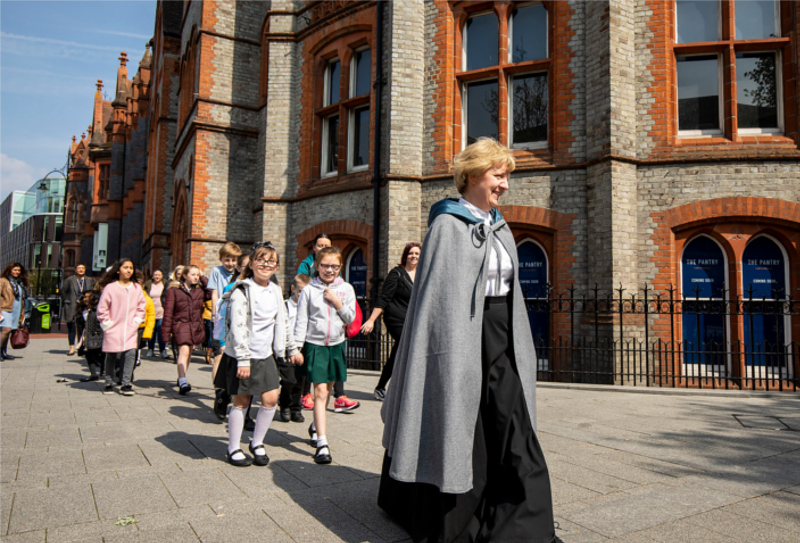
Victorian Schoolroom Session
I observed the same school group in a session on Tuesday afternoon, this time with Victorian toys. The children couldn’t wait to get into the room, and their faces lit up when they saw all the toys displayed on the tables. Once again, children volunteered to get dressed up in costume in front of the group. The session leader this time was acting as a Victorian Nanny, and was again in traditional clothing. She showed the children lots of different types of toys, including dolls and spinning tops which the children loved to play with. Later on the children had a race between two wooden carousels to see which would spin the longest. The bags filled with toys were a particular highlight for the children, which they played with in their groups.
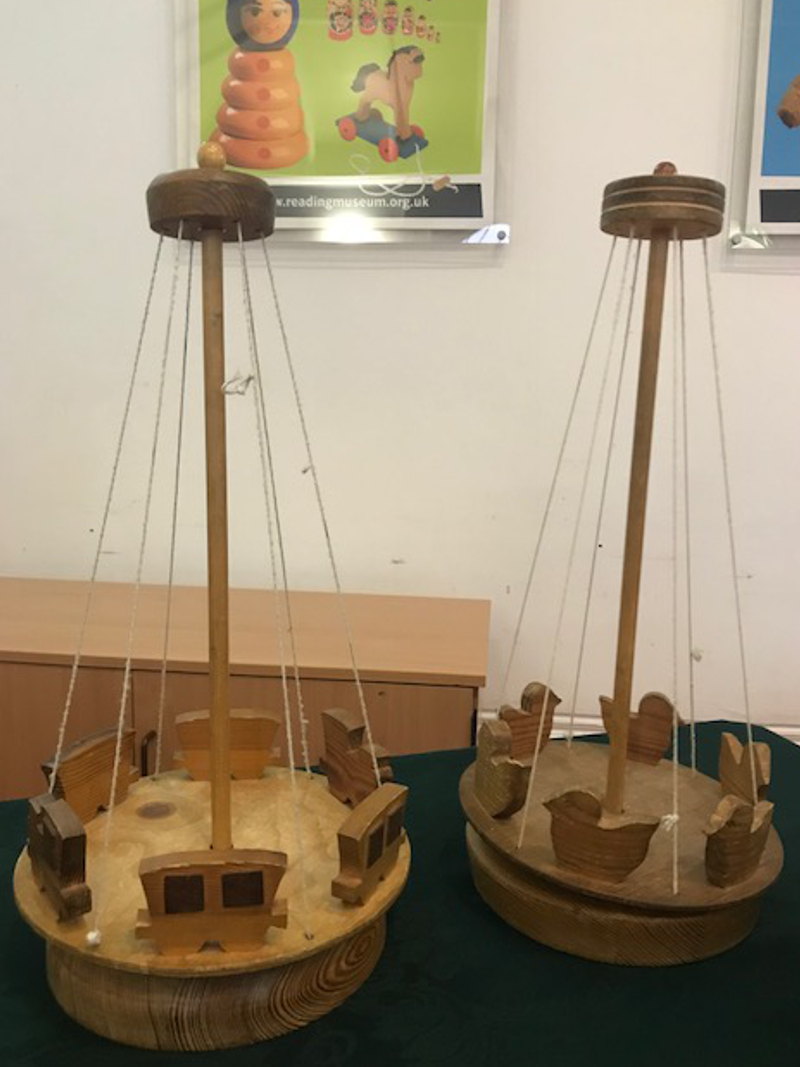
Victorian toys session
Another task which I was involved with was the miniature brick Reading Abbey. Reading Museum was very kindly given a set of clay mini bricks that make a model of the Abbey. I got to test out the bricks and see how to make the Abbey. The Abbey Learning Officer worked with me to make the model Abbey and we decided to come up with some instructions on how to build it. We tested the mini Abbey with a visiting school group who loved it. It was great fun building the Abbey; some children even became ‘master builders’ by using miniature medieval mason’s tools to check the level of walls and the angles of corners. The Learning Team hopes to be able to introduce it to all schools soon!
After building the mini Abbey, I was given the opportunity to observe a private tour of the replica Bayeux Tapestry. The tour was so interesting, with lots of detail and different perspectives about certain elements of the tapestry itself. Looking at the detail in the tapestry and learning about how it came to be in Reading was fascinating, as well as getting to hear different perspectives regarding features of the Tapestry – for example, the reason why two panels of the tapestry are actually back to front!
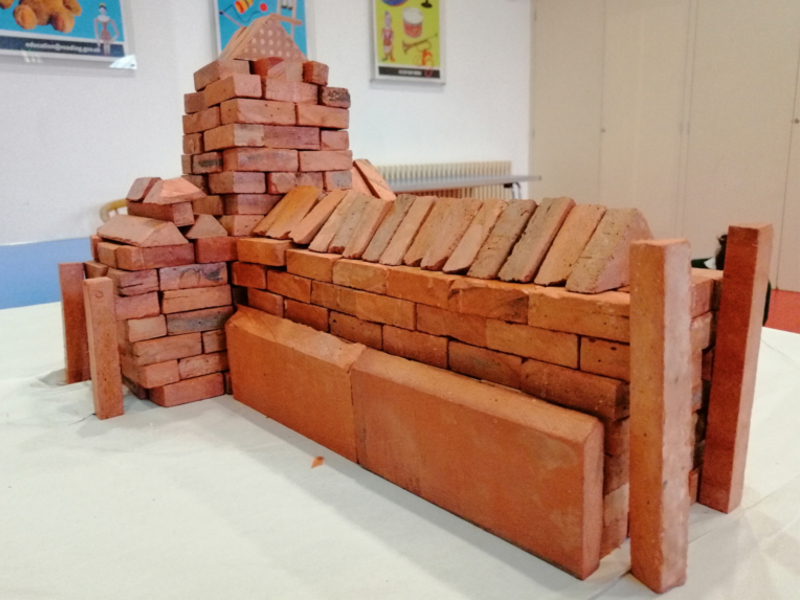
Reading Abbey in mini clay bricks
What I found really interesting was that with each tour, somebody notices a little detail within the tapestry that other people have not seen. For example, a couple of visitors noticed that at points throughout the tapestry, some names lost their capital letter. This started a whole new conversation- was it a deliberate choice, or just a simple mistake? This particular tour was somewhat different to the sessions I had observed previously; with a different demographic in the group came a different level of pre-existing knowledge about the Tapestry. This was a really interesting factor to consider when preparing for group visits, as it makes you re-evaluate how to ensure that any resource can be accessible for all.
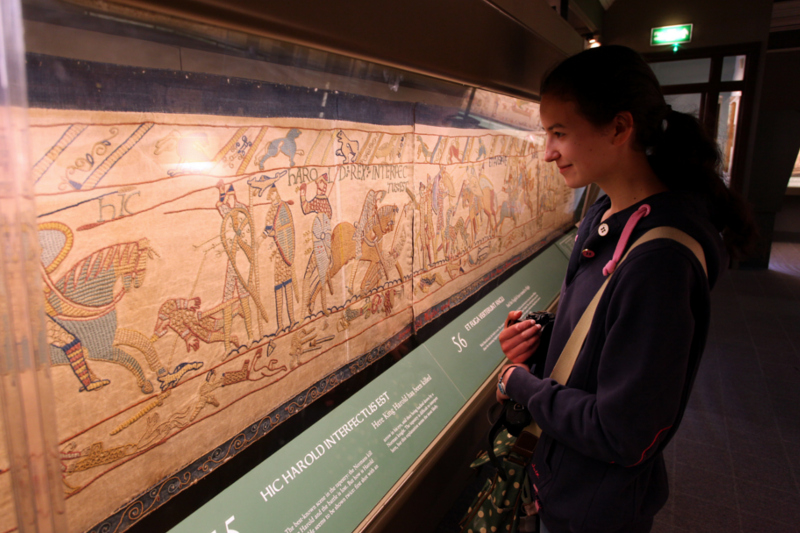
Bayeux Tapestry Gallery
Lastly, I was involved with reviewing and redesigning learning trails that will be used by the museum’s younger visitors when exploring different galleries. The museum has lots of trails that explore and connect multiple galleries, and some that are specific to one gallery. When I’ve been going around the museum to fill in the sheets, it’s even allowed me to learn lots of new interesting facts about the collections. It’s been really fascinating to look at the museum’s galleries as someone who is relatively new to the museum, and be able to identify what’s great and what needs to be altered. It’s been really rewarding to look at the existing resources and with the help of the gallery and education teams, examine the learning trails and step by step review the questions they include, with the final aim to establish them as resources for young visitors to use.
My experience at Reading Museum was really enjoyable and varied; I can recommend looking out for internships that come up throughout the year!
